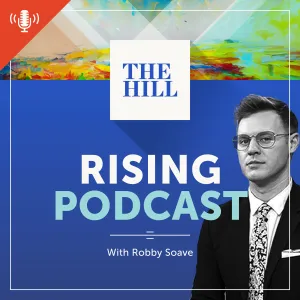HHS awards $300M to health centers to expand primary care services
The Department of Health and Human Services (HHS) will spend nearly $300 million to help thousands of health centers that have struggled to meet rising demand for primary care under ObamaCare.
Nearly 1,300 facilities nationwide will receive the grants, allowing them to hire about 4,700 primary care doctors full time, according to an HHS release Friday.
{mosads}Those doctors will be able to treat about 1.5 million patients nationwide — and help others sign up for coverage. Health centers have been responsible for 6 million new signups over the last year, according to HHS.
“Health centers are a key part of how the Affordable Care Act is working to improve access to care for millions of Americans,” HHS chief Sylvia Burwell said in a release, adding that many of the patients who benefit could be receiving primary care for the first time.
Primary care physicians nationwide have experienced a surge under the Affordable Care Act, with at least 13 million people newly insured.
The federal government has already spent heavily to train more primary care doctors, adding about 2,300 new practitioners by 2016.
The demand for primary care physicians is expected to grow 14 percent over the next decade, but that’s unlikely to be met “without changes to the how primary care is delivered,” according to a fall 2013 report by HHS.
The most populous states — California, Texas, New York and Florida — will receive the most money. But large grants were also awarded to some of the nation’s smaller and more rural states. Health centers in West Virginia, Louisiana, Georgia and South Carolina will each be able to hire nearly 100 physicians.
The gap in primary care coverage has been a longstanding issue among medical schools, who see a large majority of their students choose specialized fields, lured by more desirable salaries and schedules.
The shortage of primary care doctors is most profound in remote regions, where people face higher rates of death, disability and chronic disease than in urban areas. A fifth of the nation’s population live in rural areas, though just one in 10 doctors reside there, according to the National Conference of State Legislatures.
Copyright 2023 Nexstar Media Inc. All rights reserved. This material may not be published, broadcast, rewritten, or redistributed. Regular the hill posts











